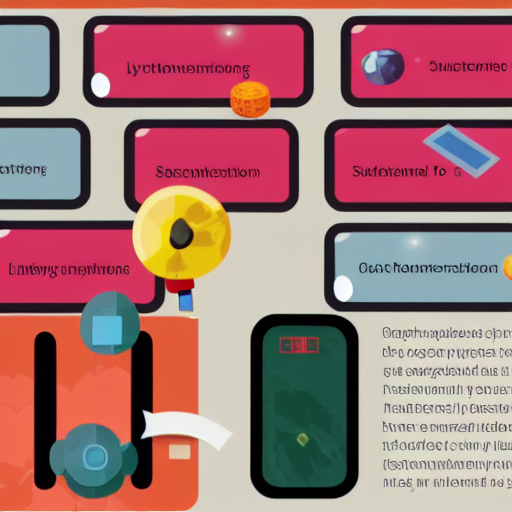Design is an important part of the learning and solution process. Too many learning designers focus only on getting content into people’s heads. Instead, they should focus on creating a well-designed learning experience with bells and whistles. This will give the content credibility, while also creating an enjoyable experience. This article will discuss the differences between Problem-based learning and Activity-based learning.
What are Problem-based learning and Activity-based learning?
Problem-based learning (PBL) is a student-centred instructional approach that engages students in solving problems. In PBL, students work in teams to identify and solve problems. Activity-based learning (ABL) is a student-cantered instructional approach that emphasizes active learning experiences. In ABL, students engage in hands-on activities and experiments.
PBL and ABL are similar in that they are both student-centred approaches that emphasize active learning. However, there are some key differences between the two approaches. PBL is focused on problem solving, while ABL is focused on engaging students in active learning experiences. Additionally, PBL is typically done in teams, while ABL can be done individually or in groups. Both PBL and ABL have been shown to be effective in promoting student engagement and academic achievement. However, there are some key differences between the two methods. PBL is more likely to promote deep understanding of concepts, while ABL is more likely to promote mastery of skills.
Problem-based learning (PBL)
PBL is a student-centred pedagogy that involves solving open-ended problems. It can be effective in many contexts, including K-12 education. Its key elements include trigger material that motivates students to participate in the learning process. In a problem-based learning lesson, students will use trigger materials to initiate an inquiry. PBL requires teachers to change their teaching methods. For example, they will need to question students’ knowledge, provide hints to correct mistakes, and guide students to do their own research. While these may seem like obvious changes, some teachers find them difficult to implement. Nonetheless, PBL is a valuable approach that helps students learn faster and more deeply.
Teachers will need to prepare appropriate resources for students. They should also involve other teaching staff, such as media specialists, who can help students navigate electronic references. They should also consider how to integrate group participation into their lessons. In addition, teachers should explain PBL to students and explain how it will impact their daily instruction, class expectations, and grading. Additionally, they should allocate ample class time for collaborative group work.
Several different teaching styles are effective for teaching PBL. Case studies, for instance, present students with a problem they need to solve. In addition, role-plays allow students to improvise a scene using character descriptions. Simulations, on the other hand, involve computer-based programs. While all these methods can be effective, the main ingredient in PBL is the real-world problem.
Activity-based learning (ABL)
ABL styles of education is to emphasise student responsibility and active participation. Students who engage in hands-on activities have the opportunity to develop new social skills and develop teamwork, both of which are important in life. Often, students do not understand the meaning of course materials simply by reading and writing, so ABL encourages students to experiment and solve real problems.
The first step in ABL is to decide the educational goals of the students. These should take into account the cognitive levels of learners, student characteristics, and time constraints. The next step is to design activities that are able to address the learning goals while linking different activities to previous knowledge. To implement activities effectively, teachers should allocate non-human resources appropriately.
In addition to this, activity-based learning encourages students to express their learning both verbally and physically. This helps students retain the information and makes schooling more interesting. Additionally, students have a better memory when they practice the material by doing it. This approach is a great way to encourage a passion for learning.
A common ABL involves assessing sustainability in a global context. Students study various problems that cities face, and devise realistic solutions to promote sustainability. For example, students may imagine a town that has been contaminated by a nuclear incident. They would then study the various biomes and determine whether or not those biomes would suit the new inhabitants.
Which type is better?
In conclusion, it is clear that there are differences between PBL and ABL. While problem based learning focuses on solving a specific problem, activity-based learning is more concerned with the completion of tasks. However, both approaches have their own advantages and disadvantages.





